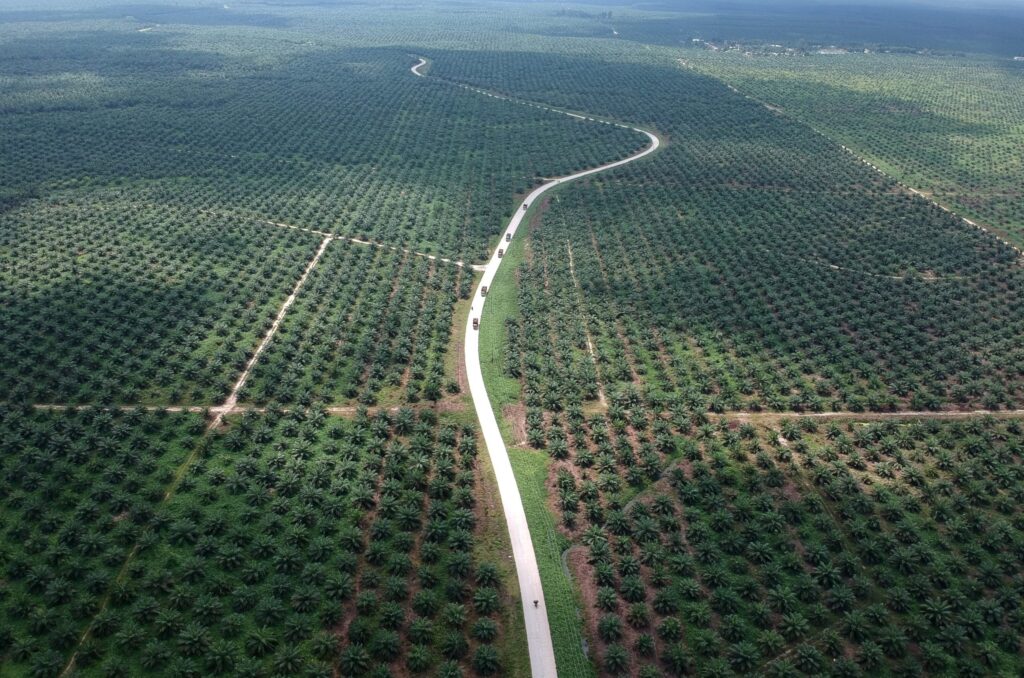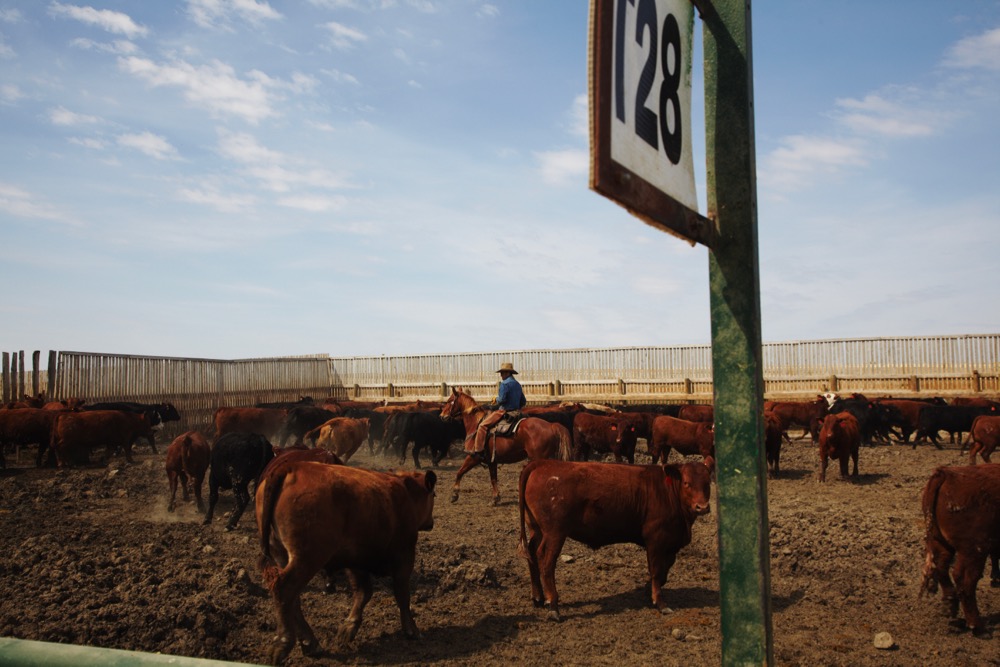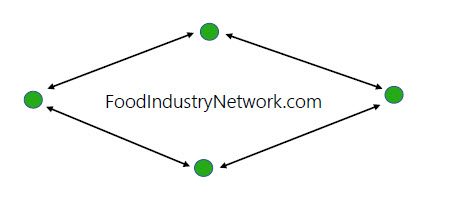Improved yields to increase Indonesia palm oil output

Glacier FarmMedia | MarketsFarm — Palm oil production in Indonesia is expected to rise in 2025/26 to 47 million tonnes, according to the United States Department of Agriculture attaché in Jakarta. Such would be a 1.50 million-tonne increase from the attaché’s estimate of 45.50 million tonnes produced in 2024/25.
The Jakarta desk projected yields to improve to 3.26 tonnes per hectare from 3.16 in 2024/25, based on “favourable weather and adequate fertilizer application,” the attaché wrote. Meanwhile, the area harvested is to remain at 14.40 million hectares.
Marketing year exports of palm oil are to bump up one million tonnes at 24 million with China, India and Pakistan remaining the leading export destinations. Of the trio, China and India are the world’s top two buyers of foreign palm oil with Pakistan fourth, according to official USDA data.
Read Also


Klassen: Feeder market returns to historical highs
For the week ending April 12, Western Canadian feeder cattle markets traded stead to as much as $10 higher compared to seven days earlier. The market has fully recovered from U.S. tariff uncertainty. Strength in the fed cattle market and healthy feeding margins continue drive replacement prices upward.
The Jakarta desk noted Indonesia’s total domestic use is to nudge higher by 250,000 tonnes at 22.61 million. The country’s increase to a B40 blend this year for biodiesel production will limit the amount of palm oil available for export.
The attaché forecast a boost to ending stocks at 5.29 million tonnes from 4.90 million in 2024/25.
Indonesia is by far the world’s largest palm oil producer, with the official USDA estimate placing the country at 46 million tonnes in 2024/25, almost 59 per cent of global output.
Indonesia is also the leading palm oil exporter at 22.60 million tonnes in 2024/25, which accounted for about 51 per cent of the market. The USDA said the country was tops in domestic use at about 23.33 million tonnes, or 30 per cent of the world’s consumption.
Palm oil is one of the vegetable oils that influence canola futures.
Source: Farmtario.com


